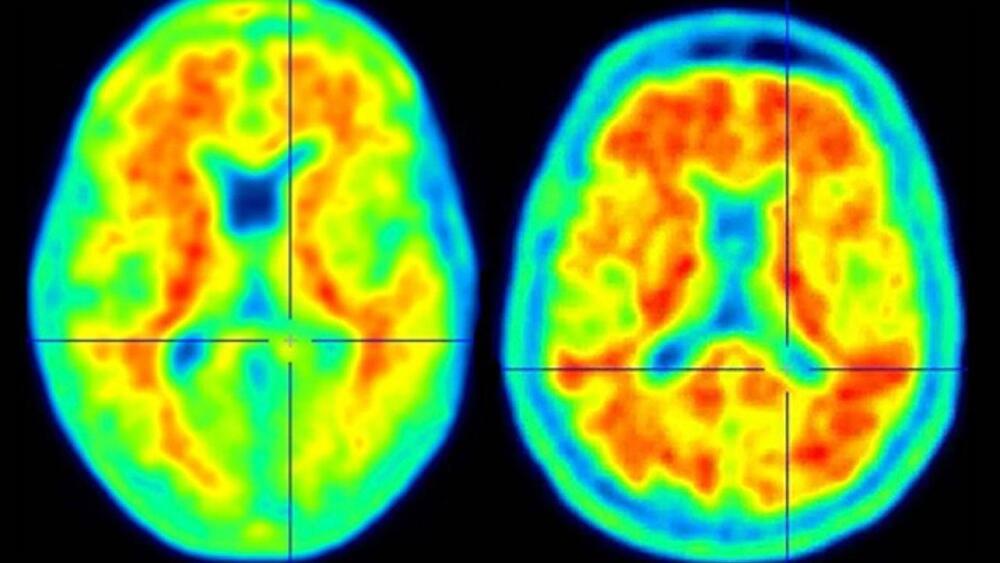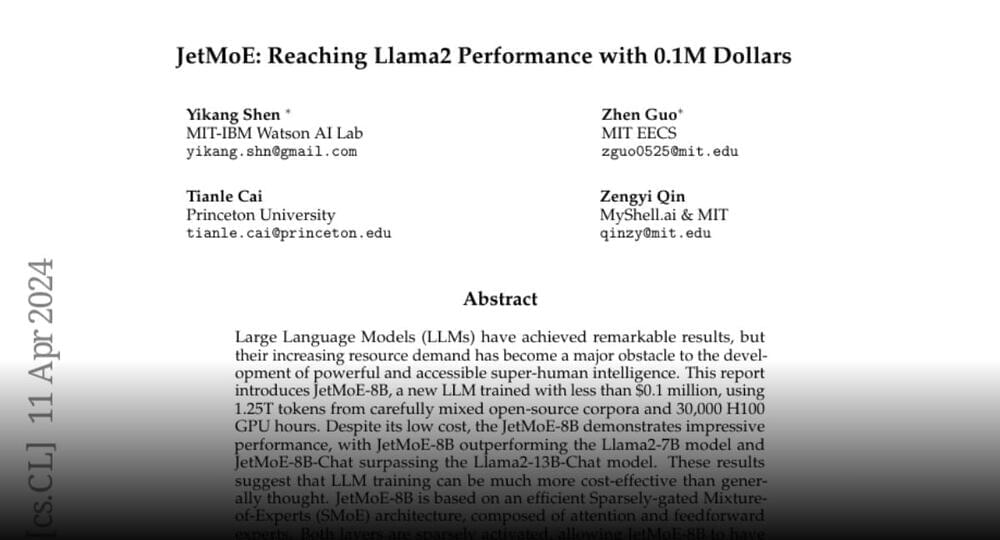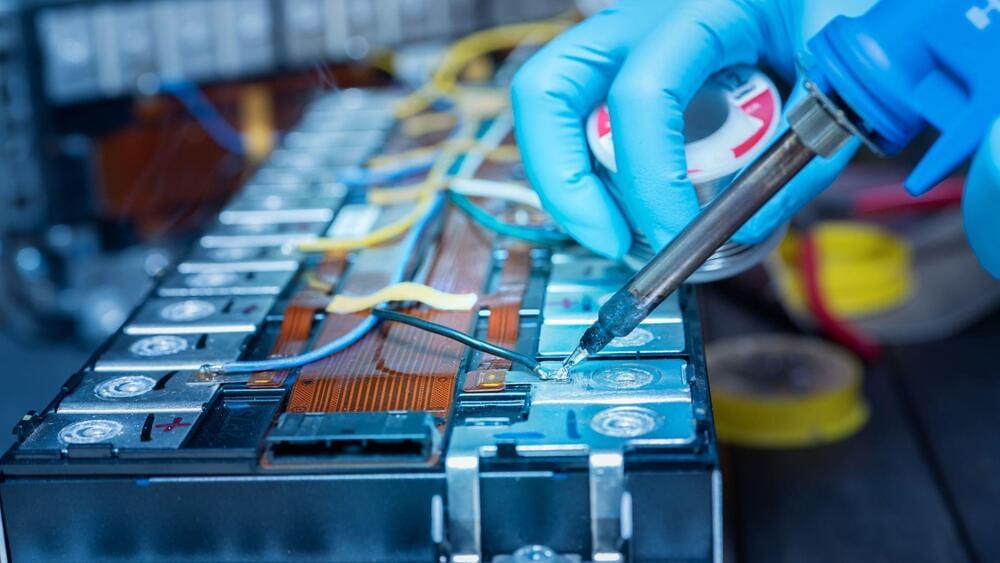Reminds me of the world of null A by AEVan Vogh.
Many-valued logics are non-classical logics. They are similar to classical logic because they accept the principle of truth-functionality, namely, that the truth of a compound sentence is determined by the truth values of its component sentences (and so remains unaffected when one of its component sentences is replaced by another sentence with the same truth value). But they differ from classical logic by the fundamental fact that they do not restrict the number of truth values to only two: they allow for a larger set W W of truth degrees.







